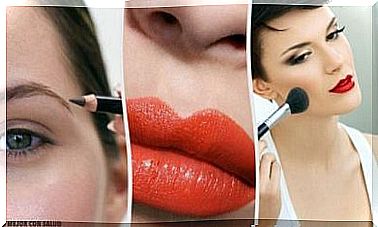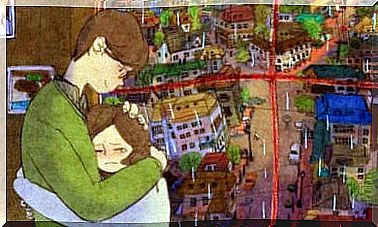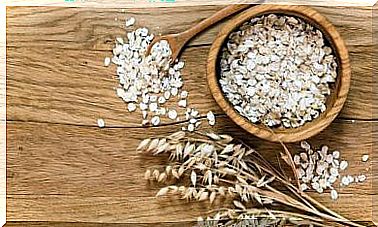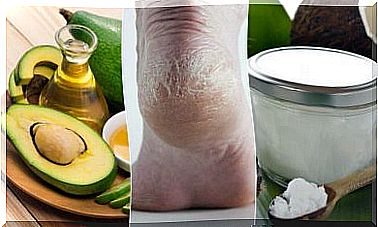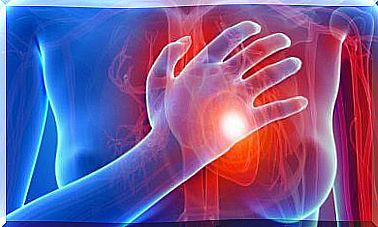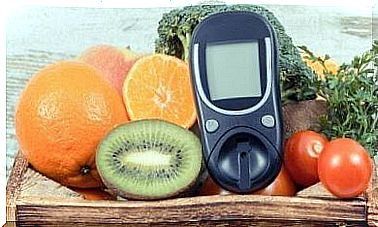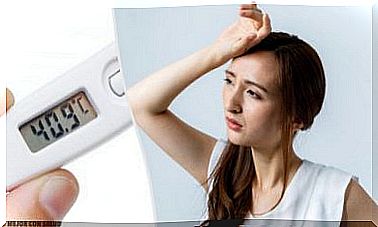Is It Healthy To Drink Water From Plastic Bottles?
Plastic bottles can release toxic agents when reused or exposed to sunlight. It is recommended to use glass bottles or pitchers with a filter.
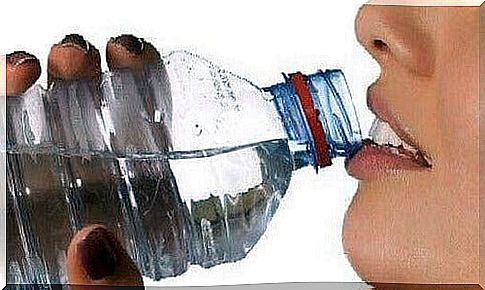
A lot of times when we buy plastic water bottles we look at the composition of the water and if it is of low mineralization.
But do you know what impact plastic has on our health? In this article, we invite you to learn more about the subject.
Today in our supermarkets we find water in glass bottles and in plastic bottles.
Plastic bottles have always been the subject of great controversy. They have a very negative impact on the environment, an impact caused by an all-powerful industry responsible for the production of plastic, labeling and even the privatization of water.
We are interested here in the composition of plastic bottles in order to know if this type of water is healthy or not for our health.
Plastic bottles: characteristics
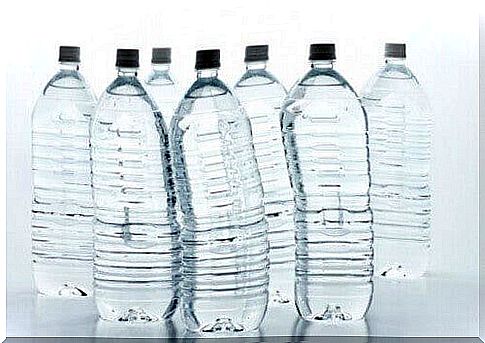
Plastic bottles are made from a compound called polyethylene terephthalate (PET). It is more exactly a polymer, a chemical element which, according to several studies, can release certain particles in water.
Water bottled in plastic bottles can therefore be spoiled due to this material.
P articules that can detach from PET
Phthalates
These elements serve to give flexibility to the plastic. They are harmful to health only if they enter our body in large quantities, as they could cause, for example, endocrine disorders.
Antimony
It is an essential part of the PET catalyst which can harm our health as it can cause cancer and respiratory problems.
However, health authorities set limits on the use of this substance for the manufacture of water bottles. These particles are therefore generally present in very small quantities.
To our relief, the WHO is also ensuring that these measures are being followed.
Formaldehyde and acetaldehyde
These compounds are the ones that sometimes give water a “plastic taste”. Experts tell us that this only happens when the bottles are exposed to the sun. When this is the case, these compounds spread through the water.
In contrast, PET bottles do not contain significant amounts of formaldehyde and acetaldehyde.
In short, PET is not really dangerous for our health, because there is no direct risk. The harmful particles that pass from plastic to water are usually very small.
However, there are much healthier options to avoid this risk, and also much more environmentally friendly. If we think about how much water is packed in bottles per year, it is quite possible that we are devastated.
Other healthier options to replace plastic bottles
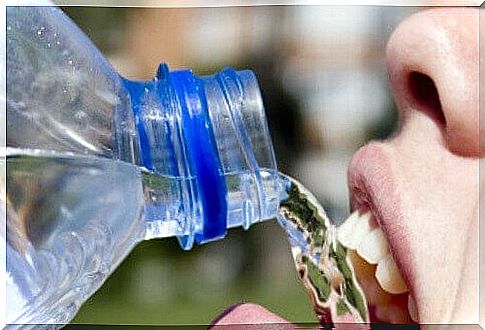
- Glass bottles. Obviously, they are more expensive, but they represent a healthy alternative that should be taken into account.
- A filter for tap water. As you know, tap water is another great choice, but sometimes it is not very healthy because it contains too much lime or other elements which are not pleasant.
However, we can install a small reverse osmosis filter which will help us remove these harmful elements. - Specific decanters that purify water. It is a very similar system to the faucet filter. They purify water, eliminate odors and bad taste and optimize water quality.
What you should never do with plastic bottles
Do not fill your empty mineral water bottles. This action represents a very high risk that we should always avoid. Many people, when they finish a bottle, keep it to refill it.
This warning now appears on the label of most bottles. It is a question of avoiding microbiological dangers. When a plastic bottle is empty, it can be contaminated with many fungi or bacteria. These elements can then pass from the water to our body and make us sick.
When you have finished a bottle of water, drop it straight into the recycling bin!
Never expose your water bottles to the sun. When plastic comes into contact with heat, formaldehyde and acetaldehyde move through the water. Consequence of this: the water tastes bad and you may suffer from indigestion. Always keep the water in a cool, shaded place!
